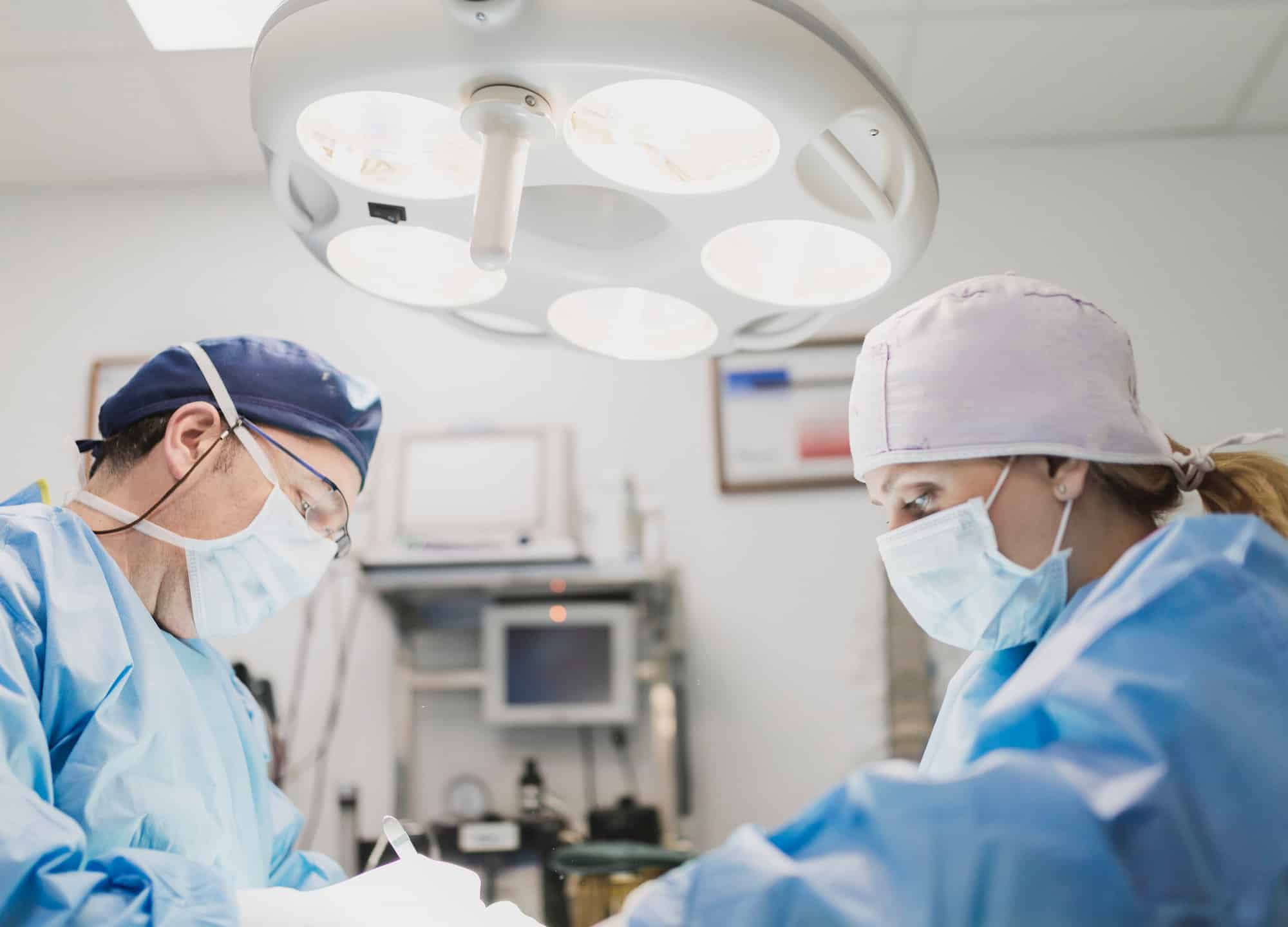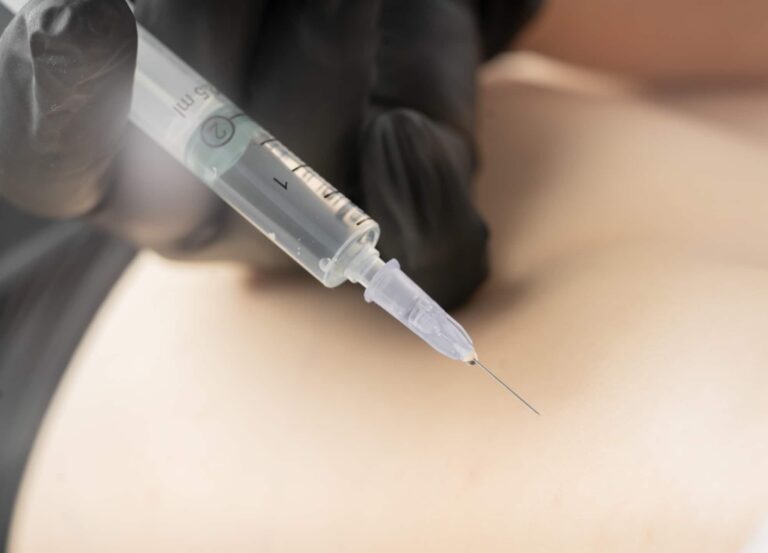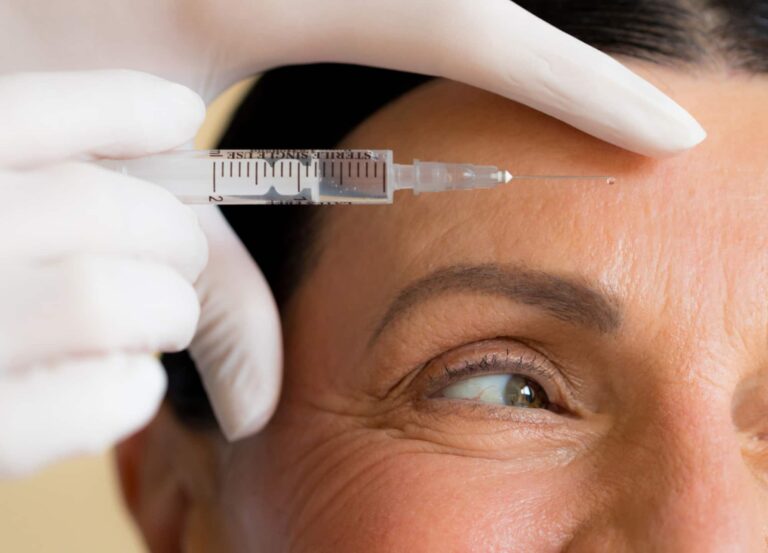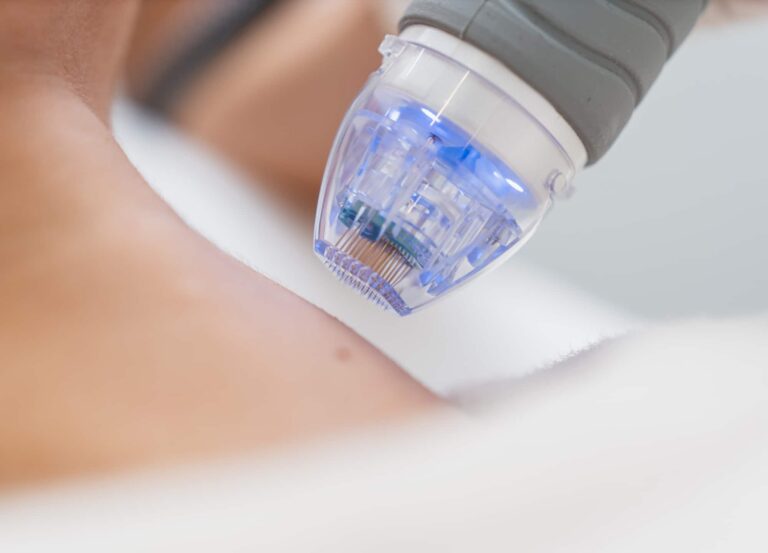The difference between life and death during a Brazilian butt lift can be as little as two centimeters. Miscalculate that slight margin of error, bend the cannula the wrong way for just a moment, and fat can enter an inadvertently nicked vein, where it can lead to a fatal pulmonary embolism. It’s too easy a mistake to make, even for an experienced plastic surgeon, which is why the Brazilian butt lift (BBL) has a death rate of 1 in 3,000—far and away the highest of any cosmetic surgery.
Yet demand for the procedure, in which fat is liposuctioned from the abdomen, back, and/or flanks before being injected into the buttocks, shows no signs of decline—particularly in Florida. According to the American Society for Aesthetic Plastic Surgery’s 2018 report, buttock augmentation is the fastest-growing surgical procedure, up 61% in five years. In the United States, last year, 25,168 augmentations involving fat grafting were performed; Constantino Mendieta, MD, a Miami plastic surgeon and specialist in BBLs, estimates that doctors in Miami-Dade County were responsible for 15,000 to 18,000 of those.
Patient deaths were such a concern that the Florida Board of Medicine enacted emergency restrictions on June 17, 2019, regulating surgeon technique. The emergency BBL rule prohibits injection of fat into or below the gluteal muscle and mandates that “when performing gluteal fat-grafting procedures, fat may only be injected into the subcutaneous [under the skin] space and must never cross the gluteal fascia.” To date, every patient who has died from this procedure has had fat injected into the muscle. Under the new Florida ruling, if a doctor is caught injecting fat into the muscle, their license will be immediately revoked.
You need only glance around on the beaches to know that plastic surgery is big in South Florida. In 2014, the latest year for which figures are available, the government allocated $5 million to a marketing plan that positioned Florida as a medical tourism hot spot; that same year, the industry brought in $6 billion. Job opportunities abound here, says Coral Gables, Florida, plastic surgeon Daniel Careaga, MD. “I see ads for clinics all the time on medical job boards, guaranteeing a minimum salary of $1 million a year. Say you’re a physician in another state, with a struggling private practice: you might as well say, ‘To heck with it,’ close down, and come here to make millions without having to deal with the headaches of running your own business,” he says.
The promise of quick money, due to the demand, has indeed drawn plenty of doctors to the state. A large supply of doctors—often trained in fields other than plastic surgery, since legally, anyone who holds a valid medical license can call themselves a “cosmetic surgeon” and perform BBLs without years of specialized training—has given rise to a dozen or so high-volume, low-price clinics that are easier to get to than other popular medical tourism destinations, like the Dominican Republic and Colombia. Dr. Careaga refers to these clinics as “chop shops” and says they’ve created a depressed market: “At a reputable place in South Florida, for liposuction and fat transfer, you’re looking at $8,000–10,000. These places charge $3,500.” And because the doctors work on commission, usually taking home 30%, “there’s a lot of pressure on doctors to compensate for the low profit margin in volume, if they want to survive,” he says. “If you’re charging $2,500 for a breast augmentation, you’d better be doing 40 to 50 a week.”
Untrained doctors performing a high-risk procedure at a massive output rate creates the perfect storm for complications—and at least 13 women have died in the past decade in South Florida, according to a USA Today investigation. The biggest offender of all, with a staggering eight deaths from 2013 to 2018, is a Miami clinic known today as Jolie Plastic Surgery—after undergoing three different name changes in three years, each a rebranding effort that made information about complications (including multiple cases of perforated organs), deaths, and lawsuits increasingly more difficult for the public to research.
A USA Today reports, the man in charge behind the scenes was always, and is rumored to still be, a doctor named Ismael Labrador. In 2007, Dr. Labrador earned his medical license and was running two clinics in the Miami area where he performed cosmetic surgeries. Shortly thereafter, he was hit with felony charges for hiring unlicensed injectors and a foreign surgeon without a U.S. license. The charges were later dropped, under an agreement with prosecutors; but the Florida medical board suspended his license and fined him $30,000. There was nowhere to go but up now for Dr. Labrador, who turned his focus toward growing his clinics, via widespread social-media marketing, a roster of new doctors who operated practically around the clock, and bottom-dollar prices.
From the start, it was an environment designed for things to go wrong. “These clinics create favorable conditions for complications because of the lack of communication,” says Dr. Careaga. “Patients are operated on the day they meet their surgeon, they’re wheeled out and never seen again … there are two surgeons working in the same room at once, who are doing 10 surgeries a day … this is not a case of more equals better.”
The first death happened in 2014, when Maribel Hernandez, a 51-year-old mother of five, stopped breathing after Dr. Anthony Hasan tore a vein during a Brazilian butt lift and caused fat to travel to her lungs. In the next few years, Ranika Hall, Maria Christian, Heather Meadows, Kizzy London, and more would follow. Nearly all the doctors responsible are still practicing elsewhere across the state (only Arnaldo Valls, who was never trained in plastic surgery and caused London’s death, was issued an emergency restriction of his license last year). Dr. Hasan remains at Jolie Plastic Surgery, where he’s a built a large social media following of women who call themselves “Hasan dolls” and seek out his exaggerated aesthetic. He’s a dermatologist, but that doesn’t seem to matter much. Jasmine, a 23-year-old from Las Vegas, is booked with him for a BBL in November. She tells me, in a phone conversation, that she’s aware of the death and injuries on his record and his lack of credentials but isn’t worried. “I feel safe knowing he trained in the Dominican Republic [where the procedure is popular],” she says. “And I just like his results.”
You would think that after eight deaths, countless injuries, malpractice lawsuits, and 20-plus Department of Health citations for failing to maintain proper records, Dr. Labrador’s clinic wouldn’t still be in business. But Andres Beregovich, a Florida lawyer who has worked on behalf of patients injured at Dr. Labrador’s clinics, says that although there is nothing on paper that proves he owns Jolie Plastic Surgery, the similarities between it and the previous clinics plus the fact that the same law firm, owned by Dr. Labrador’s wife, still represents it—lead many to believe nothing has changed. He’s lasted so long because until very recently, the state could only discipline the surgeon, not the facility owners or operators.
Related: RealSelf & ASAPS Will Partner to Focus on Patient Safety
“Clinics have been getting away with murder,” says Beregovich. “We use a violation of statute 766.110—the liability of healthcare facilities—in almost every single lawsuit for medical malpractice because it says that healthcare facilities are liable to their patients to do things like carefully select medical staff, write out hiring procedures, and maintain safety policies. In my deposition of Ismael Labrador, I went exactly through the statute and said to him, ‘You were the day-to-day operations manager; do you have written safety protocols and procedures?’ He said they were ‘in his mind.’ Well, unfortunately, that’s not what the statute requires.” Most healthcare facilities, Beregovich says, are not in compliance with the law and are not meeting minimum requirements, and most doctors at these clinics aren’t carrying medical malpractice insurance, knowing that lawyers won’t want to prosecute cases against those without it. “The doctors and the clinics act in concert with each other and conspire, in my opinion, to limit their liability as much as possible,” says Beregovich
But a new bill, signed into law on June 25, 2019, aims to close loopholes and make cosmetic surgery in the state safer. Senate Bill 732 (and its companion, House Bill 933) will, for the first time, allow the state to discipline office facilities, owners, and operators (in addition to physicians) found to be in violation of office surgery rules and immediately revoke a doctor’s license in the case of injury or death. It will block doctors from opening a new facility after a clinic is closed due to malpractice; require doctors operating clinics to register with the Department of Health (which will then inspect facilities on an annual basis); and bar doctors from opening a new clinic for up to five years, if their previous location is shut down for violations.
While media outlets have overwhelmingly reported the new legislation as a win, insiders have concerns.
“I think the bill is a knee-jerk reaction [to the spate of deaths in the state],” says Dr. Careaga. “In some senses, it goes too far and in others, it doesn’t do enough.” As he told Senator Antire Flores, who filed the bill, he wants to see state of Florida officials perform surprise inspections on clinics. “Whenever they show up, they do so with two weeks’ notice—and these chop shops have that place looking better than the Mayo Clinic. They’ll be in such tip-top shape that they’ll look like a model of how things should be done. If the state would show up to these clinics by surprise, it would immediately shut them down,” he says.
Beregovich believes enforcement will be the key to success or failure of the statute but notes that what it needed to do—and didn’t—was mandate that both the surgery centers and the surgeons carry malpractice insurance to be operational. Without that, there’s no way to cover the loss for a patient who died or was critically injured. “It’s great because it brings awareness and increases penalties so that maybe some of these doctors will adhere to stricter compliance, but it doesn’t immediately help the injured patient,” he says.
Both Dr. Careaga and Dr. Mendieta agree that the Senate bill does little to solve the real cause of the deaths: a lack of education among providers and a high-volume workload. They also take issue with the emergency ruling that immediately revokes a doctor’s license if an autopsy proves they injected fat into the muscle. When this happens, they say, it’s usually by accident. “The board says you have to stay in the subcutaneous plane, and okay, sure, that’d be awesome—but everyone already thinks they do. How do you tell someone to start eating healthy if they already thought they were? You need to reteach them how to do it correctly first, not put them in handcuffs,” says Dr. Mendieta.
The fastest solution to the problem, some doctors argue, is to follow the lead of the British Association of Aesthetic Plastic Surgery and ban the Brazilian butt lift procedure altogether. But given the demand, that plan would likely backfire and put women at even greater risk. Plus many new procedures go through this wave when they’re first introduced, Dr. Mendieta explains. “This procedure is in its infancy. In the ’90s, liposuction had complication rates of almost 1 in 4,900. Tummy tucks were 1 in 2,600. Now they’re in the top 10 procedures worldwide, because our understanding and approach changed.” The solution to lowering the mortality rate for Brazilian butt lifts, he says, is better training, noting that he’s developing a new method that will show doctors how to identify critical areas to avoid within seconds.
“We’re heading in a positive new direction when it comes to Brazilian butt lifts,” he says hopefully. “We’re just at the bottom of the curve right now.”











